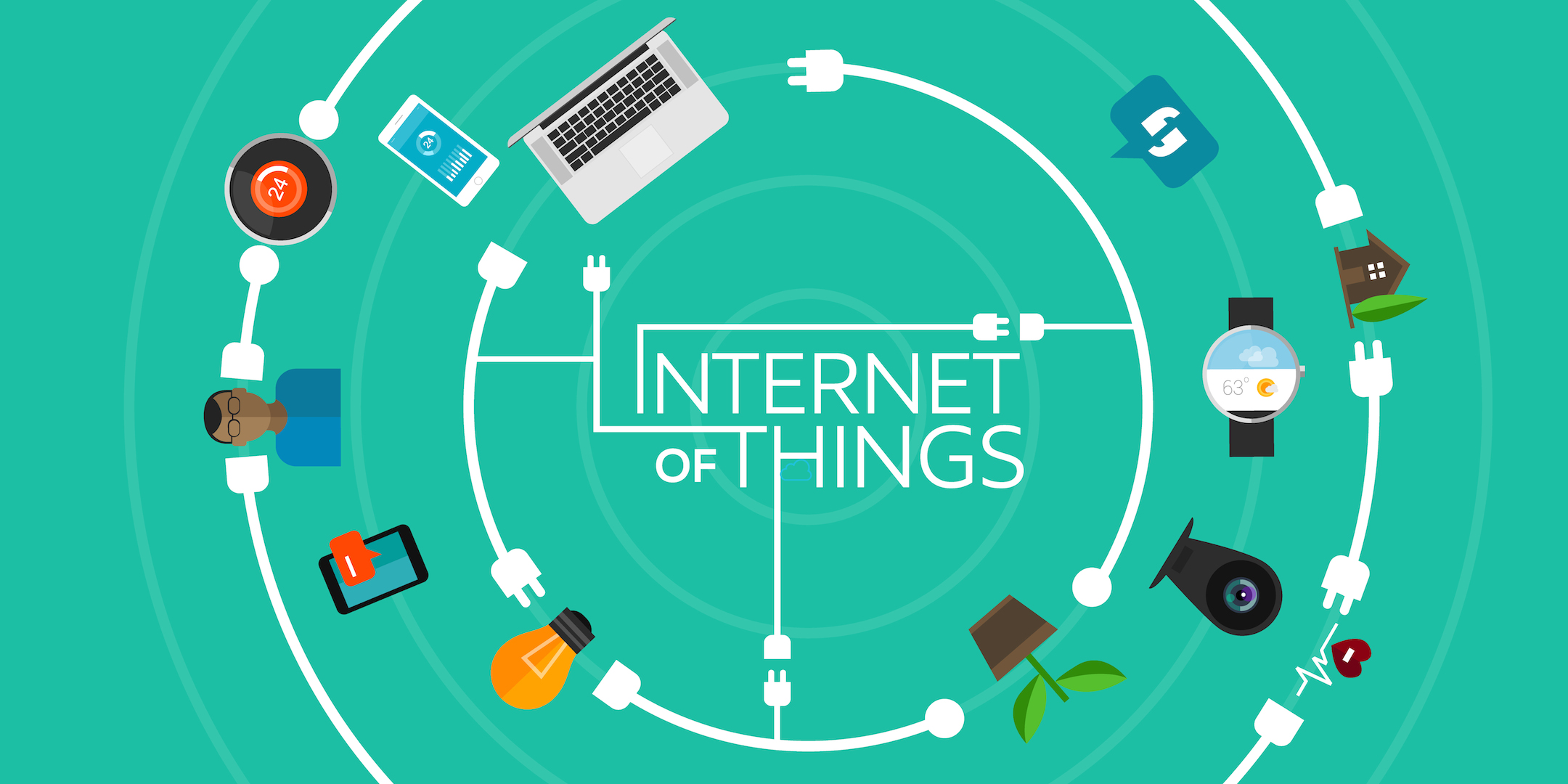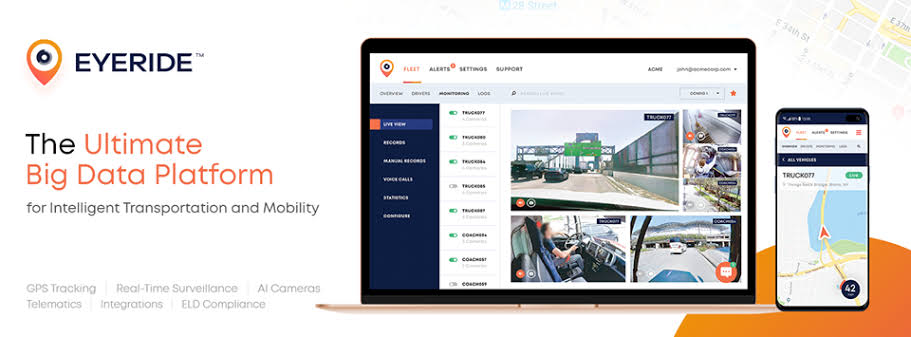The Internet of Things, referred to as IOT or IoT, is a surprisingly old technology that was around as far back as the 1982, when a Coke vending machine at the Carnegie Mellon University was “modified” to report how much inventory it had and whether it was cold enough!
We’ve come a long way since then, but the concept of interconnected devices has recently been given a big boost because of three things, according to IBM’s General Manager of IoT Offerings Chris O’Connor:
Chipsets, Connectivity and Cloud
Chipsets and embedded systems are what make IoT possible. There would be no data without the ability to capture it and process it. As such, because microprocessors have become cheaper by the year, it allows appliances, cars and a wide array of gadgets to be installed with the instrumentation required for data capture. Sensors, cameras and other data-capturing devices are now prolifically available and easy to use.
The connectivity part is where the data is transmitted from one location to another, either by wire or using wireless technology. The growth of internet connectivity, therefore, has been one of the major proponents of IoT.
Cloud is where all that data is stored, and because cloud data is easily accessible from any location, that makes it convenient for storing the large amounts of data that IoT systems collect on a minute-to-minute basis.
But What is the Internet of Things, Exactly?
IoT is nothing but a network of connected devices that gather, transmit, store, analyse and present data to its owners so that they can then take appropriate action based on the information they receive.
Let’s take an example. Whirlpool is currently working with IBM to get all of its appliances instrumented because it wants to improve the way it services its customers. So in the future, when you buy a washing machine from Whirlpool, it is likely to have sensors that send data back to Whirlpool headquarters about the usage patterns – how many loads per week, how much water is being used, whether the machine is working normally or not, and a host of other data.
So if a machine breaks down it can alert the service center and someone might call you within hours of your machine breaking down – even if you don’t even know it’s broken. It can also tell Whirlpool about the best type of service warranty for your kind usage and so on.
This is tremendously useful when done on a large scale, but what does it imply for you as a user?
First of all, it saves time. When your washing machine can monitor itself and alert a technician of the exact problem, it can be solved quickly. It would work the same whether it was a washing machine, a printer or even a car. The more information the technician has, the faster the issue can be fixed.
Second, it could save you some money. If you’re a light user, for example, you may have the option of choosing a cheaper maintenance plan than a heavy user.
Third, it offers unparalleled convenience. Imagine if your mechanic already knew what was wrong with your car before even looking at it. The moment you drive into the garage, he’s already got a print out with the list of issues, what it will cost and how long it will take. Wouldn’t that be much better than not knowing how much you’ll be paying or wondering if it will take a day or a week to get it fixed?
Where Can IoT be Implemented?
If you have a network of connected devices in your home, you’re already using IoT. For instance, take the new Home app on the new iOS 10 mobile operating system that will be officially launched in the iPhone 7 (you can also upgrade to the iOS 10 public beta version on your iPhone 6 and 6 Plus.) If the lights and climate control in your home are already connected and controllable through the app, that’s an IoT system right there.
It is also increasingly being used in cars that have internet connectivity. Tesla’s Model S and Model X already come with an internet plan because connectivity is essential for the navigation system as well as for software upgrades to the core “brain” of Tesla’s electric vehicle.
Other domestic applications include monitoring your swimming pool, your home security devices, your mobile devices and even your home appliances as in the Whirlpool example above. Imagine an artificial pacemaker that can automatically warn local paramedics if something goes wrong. Or a stolen car that immediately starts sending out its own location to police squad cars in the vicinity. Or how about being able to remotely monitor your home’s security system as well as control lights and appliances while you’re on holiday? No more “Honey, did you remember to turn off the microwave before we left” type situations.
The Internet of Things is here to stay, and as it grows and IoT systems become cheaper to implement, product companies are already thinking of new ways to make our lives safer, better and more convenient than ever before.
If you’re reading this on Apple News, please favorite the 1RedDrop channel (next to our logo) to add us to your news feed, or Like our page on Facebook. Please bookmark our site for more insightful articles on current and future technologies that are changing our lives.



